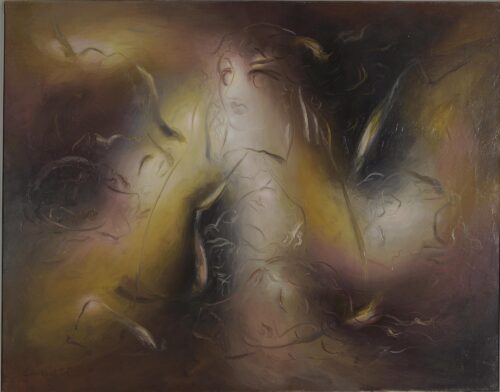
Gounaropoulos Giorgos (Gounaro) (1890 - 1977)
Two Hands Lifting the Head of a Female Statue and Other Heads, Sleeping, 1940
He came to Greece in 1906 where he studied painting at the Athens School of Fine Arts (1907-1912) under professors Spyros Vikatos, Dimitrios Geraniotis, Georgios Roilos and Georgios Jakovides. Having acquired an Averoff scholarship, he went to Paris in 1919 where he completed his studies at the Julian and Grande Chaumiere Academies.
During his stay in the French capital he took part in Parisian Salons and in 1926 presented his first solo show at the Gallery Vavin-Raspail. In Athens, to which he permanently returned in 1931, he held his first exhibition in 1924, while the solo show he organized in 1929 at the Stratigopoulos gallery was rebuked by the adherents of academic technique, but hailed by the younger critics. His exhibition activity continued with both solo shows and appearances in Panhellenies, the exhibitions of the Art Group and Spirit- Level and international exhibitions such as Sao Paolo in 1959 and Alexandria in 1963. In 1958, representing Greece, he received the international Guggenheim Prize and in 1975 his work was presented in a retrospective exhibition at the National Gallery. Since 1979 the painter’s house has operated as the Gounaropoulos Museum, after being donated by his family for that purpose.
His artistic creation also includes illustrations of collections of poetry, wall paintings for the meeting room of the Municipal Council of the Mayor’s Office of Athens with scenes inspired by mythology and the history of the city (1937-1939) and the iconography for the chapel of the Public Hospital of Volos (1951)). Starting off in the academic tradition and then coming into contact with the teachings of impressionism and Cezanne, he ended with his own personal, surrealistic style, in which the linearly rendered figures are inspired by ancient lekythoi and are imbued with an atmosphere both dreamy and highly lyrical, where the game of light and shadow plays the primary role.

Two Hands Lifting the Head of a Female Statue and Other Heads, Sleeping, 1940
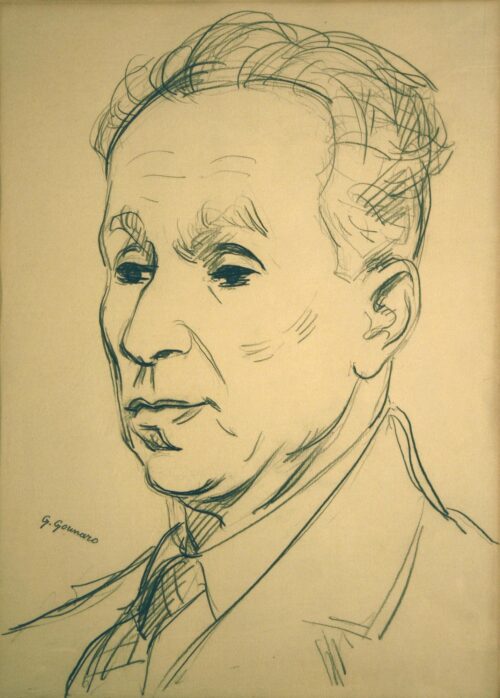
Portrait of the Poet Kostas Varnalis, 1929 - 1931
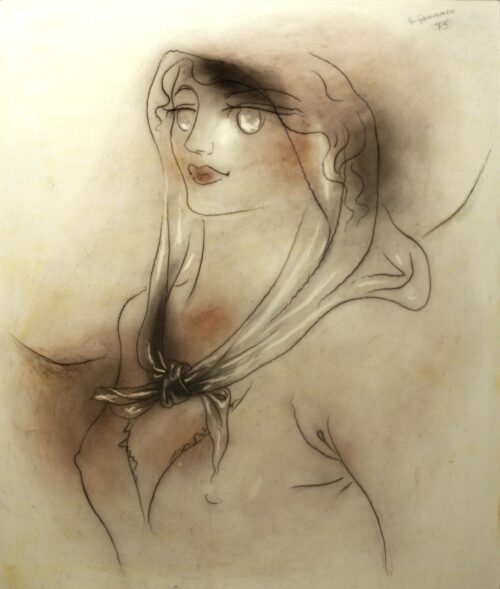
Female figure with Scarf, 1975
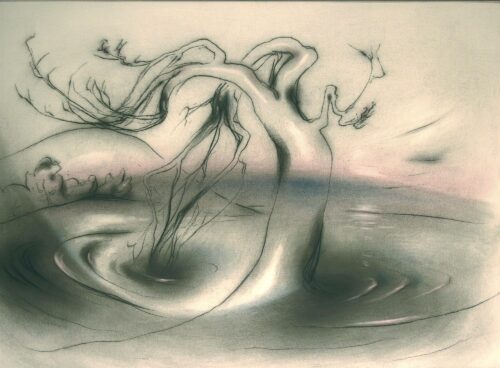
Trees, 1955 - 1960
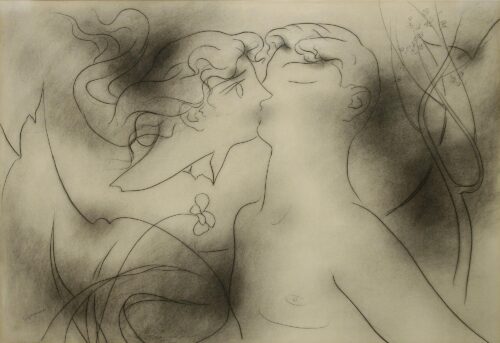
Kissing, 1950 - 1955
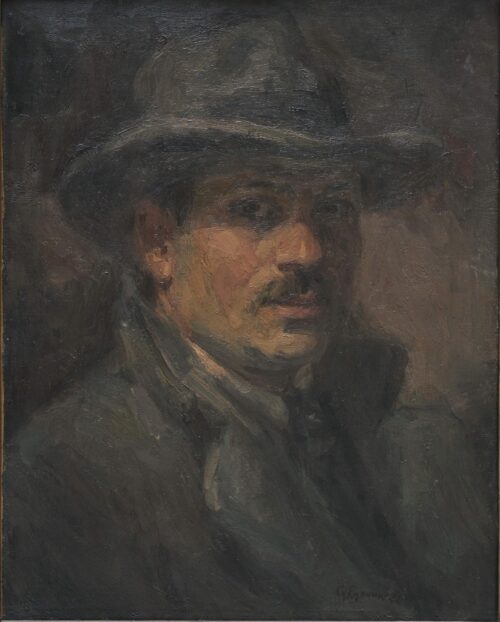
Self Portrait, 1923 - 1924
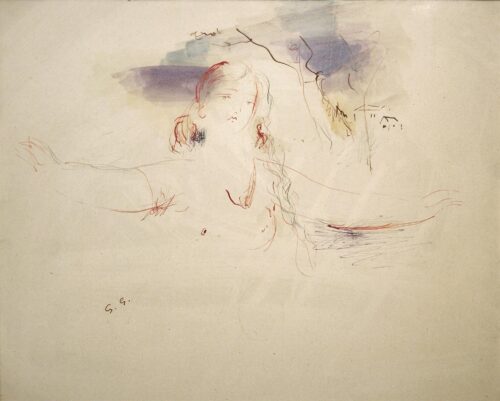
Female Figure
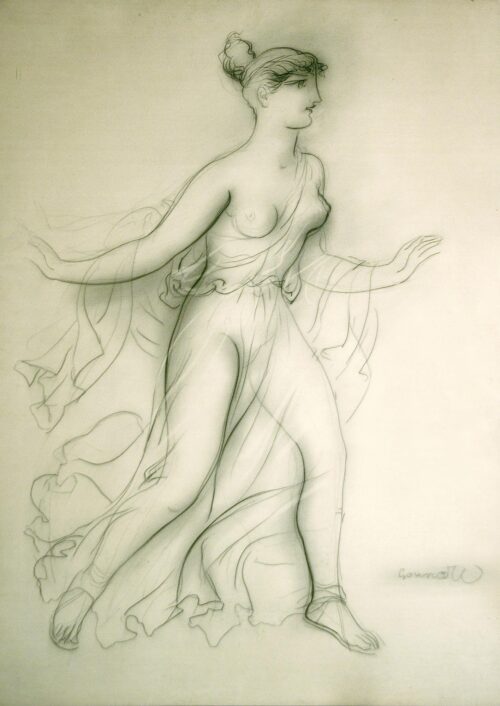
Muse, 1937 - 1939
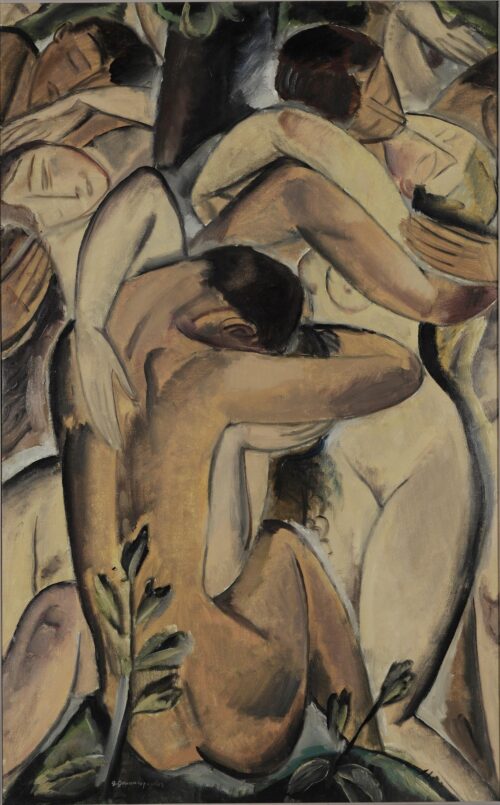
Nudes Kissing, 1924
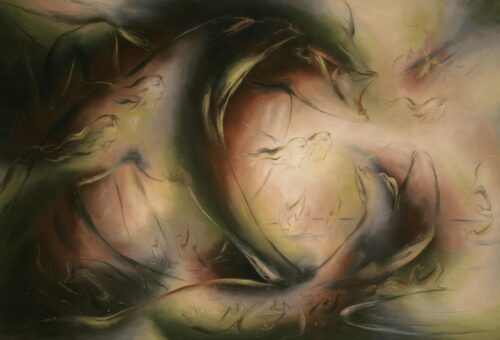
Women’s Heads Disappearing Amid Rocks in the Sea, 1956
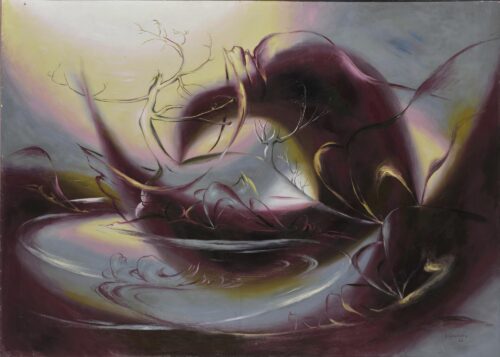
Tree Trunk on Rocks, 1963
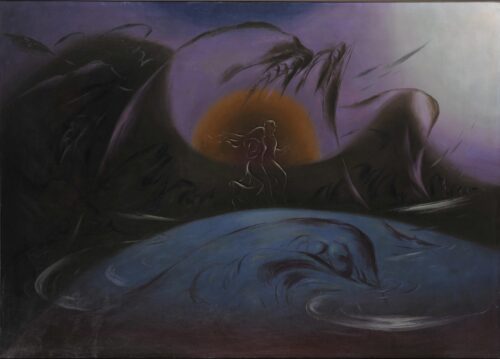
Idyll in a Landscape, 1966
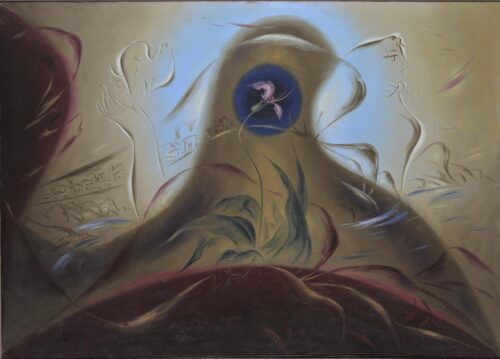
Landscape, Female Figure and Dove, 1966
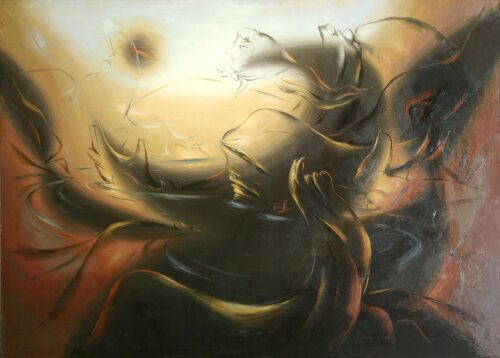
Female Figure on a Rock in a Sea Landscape, 1963
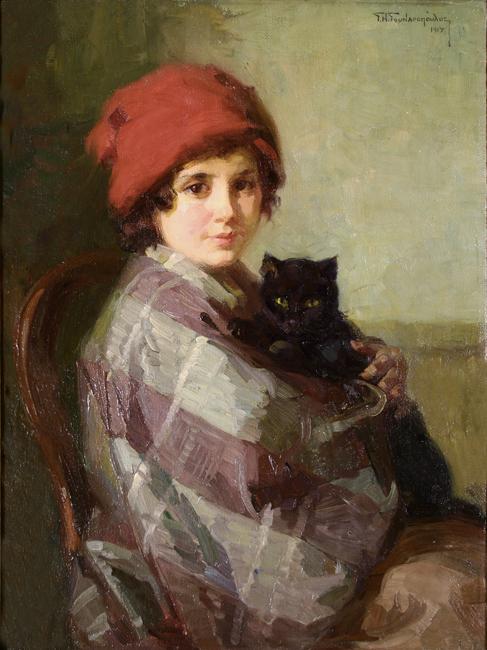
The Girl with the Cat, 1917
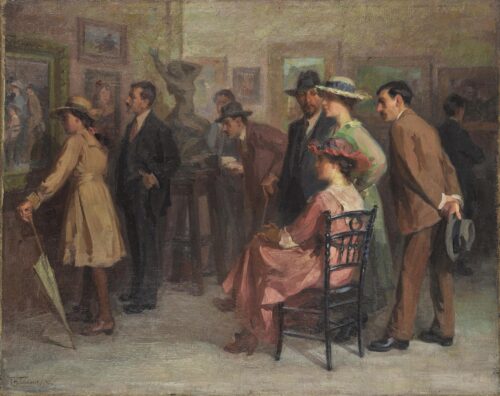
The Exhibition, 1912
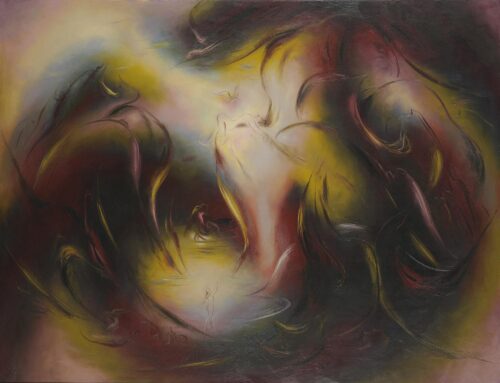
Prometheus, 1952
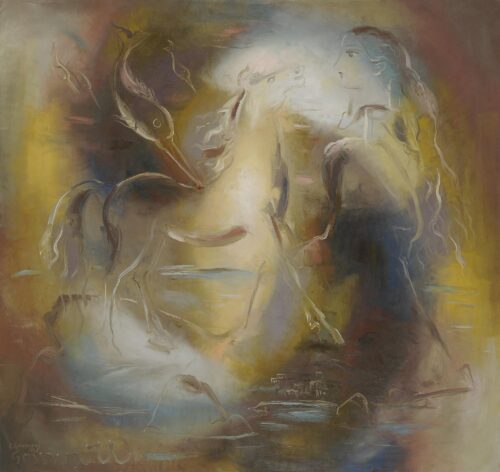
Fish and Jug in a Seascape, 1935

We use cookies to make our site work properly, to personalize content and ads, to provide social media features and to analyze our traffic. We also share information about how you use our site with our social media, advertising and analytics partners. Read the Cookies Policy.
These cookies are necessary for the website to function and cannot be switched off in our systems. They are usually only set in response to actions made by you which amount to a request for services, such as setting your privacy preferences, logging in or filling in forms. You can set your browser to block or alert you about these cookies, but some parts of the site will not then work. These cookies do not store any personally identifiable information.
If you disable this cookie, we will not be able to save your preferences. This means that every time you visit this website you will need to enable or disable cookies again.
These cookies tell us about how you use the site and they help us to make it better. For example these cookies count the number of visitors to our website and see how visitors move around when they are using it. This helps us to improve the way our site works, for example, by ensuring that users find what they are looking for easily. Our website uses Google Analytics for statistics reporting.
Please enable Strictly Necessary Cookies first so that we can save your preferences!